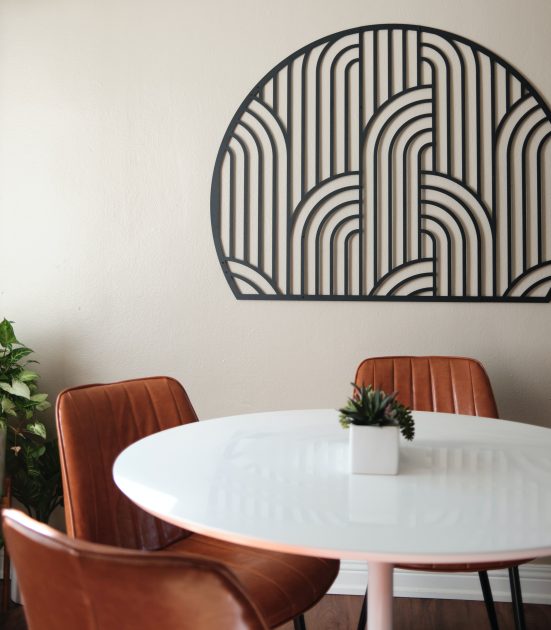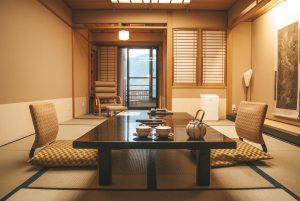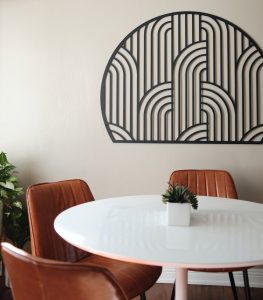Get inspired by Japanese interior design: These styles need your attention

Japanese culture, marked by traditionalism and minimalism, has inspired the rest of the world in numerous ways. The world of interior design is no exception, with Japanese solutions often ideal for indoor spaces even in our latitudes. We want to present 3 distinct forms of Japanese interior design – the minimalist Zen, the imaginative Wabi Sabi, and the combined Japandi style. What do you need to know about them?
You are free to draw inspiration from distant cultures when designing your interior – there are no limits to imagination. With a one-of-a-kind combination of different colours, patterns, materials and shapes, you can easily design a space that not only has your personal flair, but above all creates a space for you to relax. It may come as a surprise that Japanese interior design has many fans in Slovakia and some of its unique elements are used quite often.
But let’s not get ahead of ourselves and take a look at three ways you can bring a bit of Japanese culture into your home.

Minimalism and natural materials are typical for Japanese interior design
Minimalist style in line with the philosophy of Zen
Achieving peace, harmony and becoming one with the world around you are the central tenets of the traditional Japanese philosophy of Zen. This has understandably become an inspiration for many homes in Japan and beyond. Minimalism and a connection with nature are the hallmarks of this style. If you’d like to furnish your home after this style, try to make the inside as airy as possible with plenty of natural light. Preference should be given to natural materials like cotton, wood, bamboo or stone. You can complement the space with bonsai trees and replace wall paintings with ornamental wall designs featuring flowers and trees.
As plenty of natural light is a must, French and other large-format windows are welcome. If you need shading, bamboo Venetian blinds are your best option. As for lighting, the Zen interior style favours light sources that are both soft and warm.
Wabi-sabi: Austerity with a touch of imperfection
While the Zen philosophy is about finding harmony in space, Wabi-sabi inspired interiors are slightly different and often feature small imperfections that highlight their authenticity. Once again, natural materials such as bamboo, cotton and stone are important, while the colour palette prominently features earthy hues and deeper grey accents. For instance, the combination of clay walls and wooden floors is quite typical. Bamboo Venetian blinds can also find their place in this style; these can be used for shading but also to create smaller zones within larger spaces.
And where do you find the aforementioned imperfection? Mainly in the small details of the individual home accessories. Smaller or larger cracks and patina, for instance on a mug or a vase, serve as a reminder that nothing lasts forever and everything doesn’t have to be perfect. Cracked and restored pottery, an atypically shaped mirror or a crooked and worn picture frame are all embraced by wabi-sabi philosophy.
Japandi: The interior design trend of the 21st century
Interior design in Japanese culture did not remain stuck in the past. Japandi is one of the latest trends – a blend of various Japanese and Scandi (drawing inspiration from Scandinavia) design elements.

Japandi is a modern combination of Japanese and Scandinavian interior design
How does it look in practice? This intriguing blend of styles is defined by the use of neutral colours, and a preference for natural and sustainably sourced materials. The combination of light Nordic wood and darker wood, with bamboo Venetian blinds in colours that suit your personal preference and blend seamlessly with the other elements, are all perfectly suitable. The special emphasis on the functionality of the interior elements and the effective use of available space typical of the Scandinavian design style are just the cherry on top.
In any case, Japanese interior design is a wellspring of inspiration, and even piecing together some of the individual elements is bound to produce interesting results.
